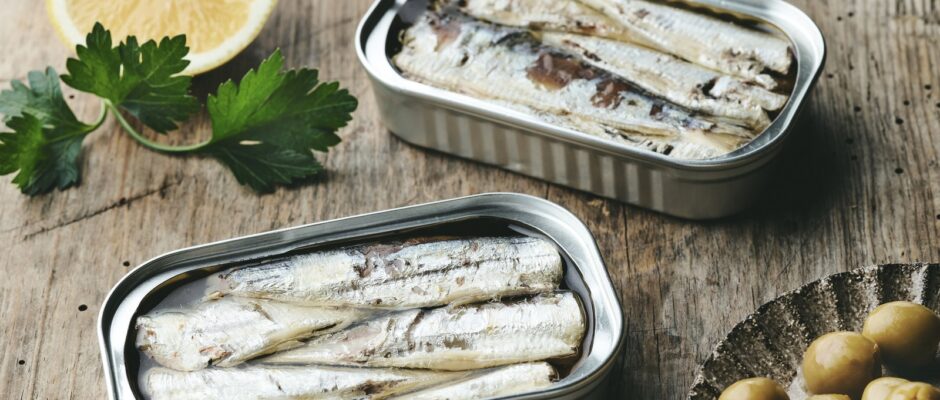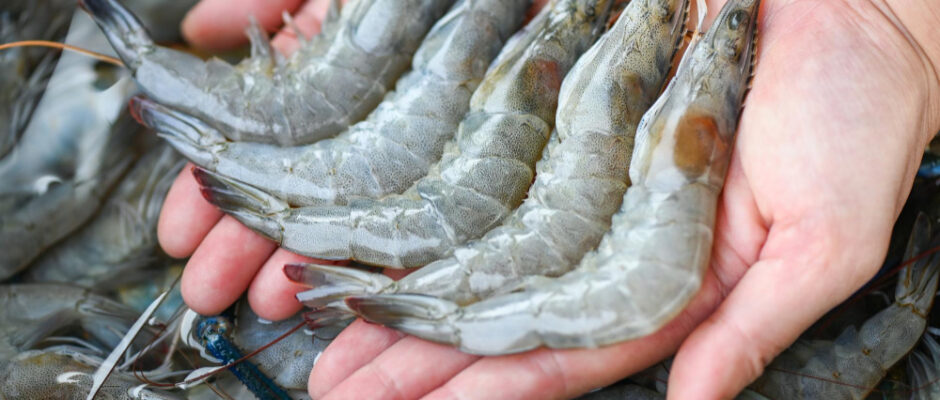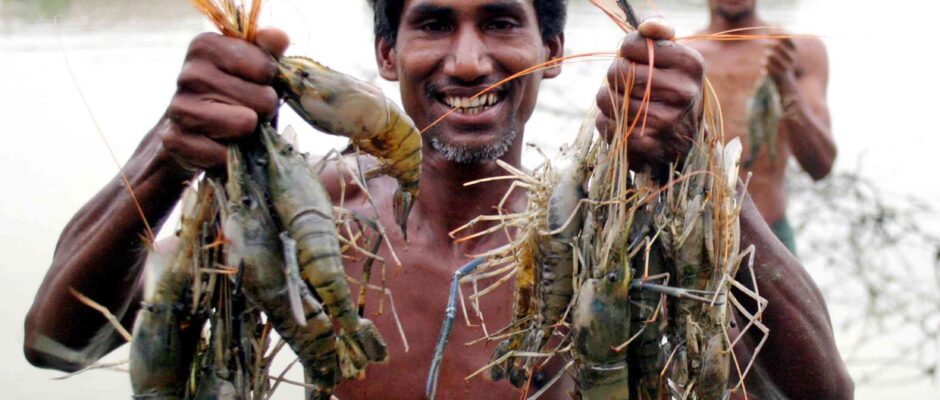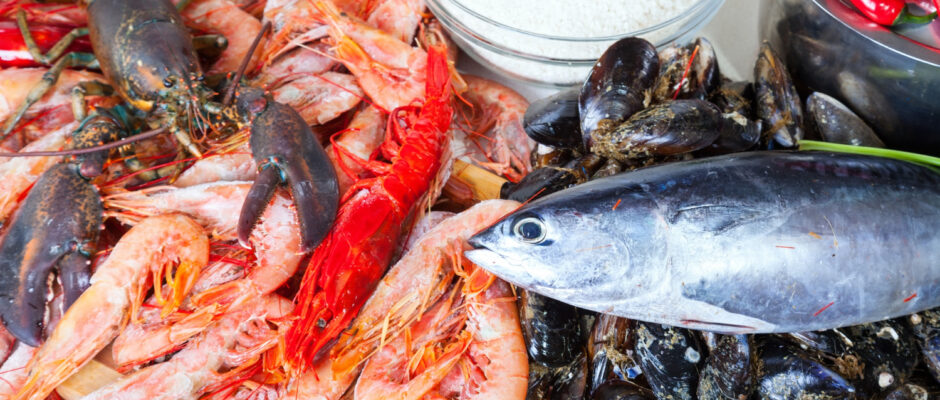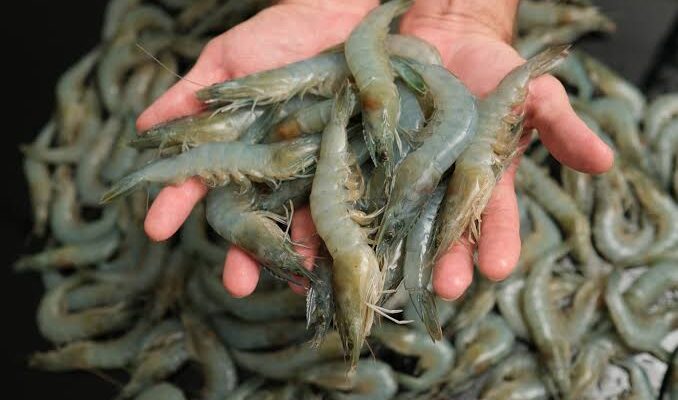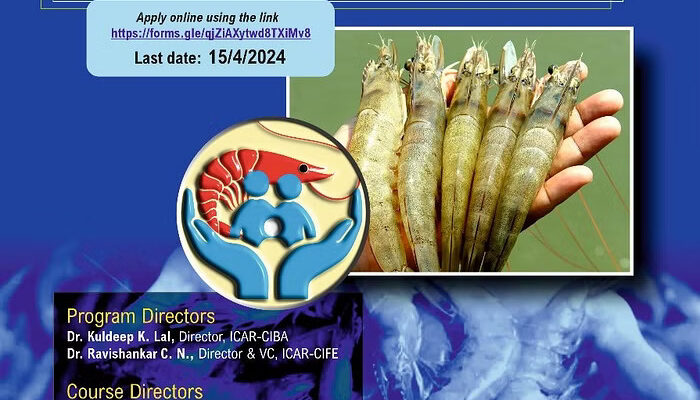Canned Sardines: A Surprisingly Lucrative Bite-Sized Business Boom
Move over tuna, there’s a new king of the canned fish aisle, and it’s swimming in a wave of popularity. The humble sardine, packed with nutrients and flavor, is experiencing a surge in demand, turning the canned sardine market into a surprisingly lucrative business opportunity. According to a recent study by Future Market Insights (FMI), the global canned sardine market is expected to surpass a value of US$ 8 billion in 2024 and is projected to reach a staggering US$ 16.8 billion by 2034. That’s a growth rate of a healthy 7.50% CAGR, driven by several key factors. Fueling the Fire: Health, Convenience, and Sustainability Consumers are increasingly health-conscious, and sardines are a nutritional powerhouse. Packed with vitamins, amino acids, and calcium, they offer a convenient and affordable way to add a dose of goodness to your diet. Long coastlines in countries like India, the United States, China, and Japan have always supported a strong culture of sardine consumption. But advancements in processing and preservation techniques are making canned sardines even more appealing. Export-oriented production by countries like Portugal and Spain is another growth factor. These established players are meeting the rising global demand, with support from a new wave of social media influencers promoting the “fish in a tin” trend. Sustainability is also playing a role. As eco-conscious consumers look for responsible choices, companies are embracing sustainable practices throughout the supply chain, from sourcing to packaging. This resonates with a growing segment of the market. Market Leaders and Top Trends The smoked sardine segment is the current champion, holding an expected market share of 58.60% in 2024. When it comes to distribution channels, hypermarkets and supermarkets reign supreme, with an anticipated share of 23.50% in 2024. Regionally, the canned sardine industry in India is poised for significant growth, with a projected CAGR of 7.30% through 2034. China and Japan are close behind, with growth estimates of 6.80% and 7.60% CAGR respectively. The United States and Germany are also expected to see steady growth. The competitive landscape is heating up as companies recognize the potential of this market. Key players are investing heavily to expand their consumer base and capitalize on this opportunity. The emergence of e-commerce platforms has further boosted sales, making it easier than ever for consumers to get their sardine fix. Some of the top names in the game include Wild Planet, Crown Prince, Santo Amaro, Brunswick, Matiz, MW Polar, and Ocean Price. These companies are not just focused on sales; they’re also committed to environmentally friendly fishing practices to meet the demands of sustainability-minded consumers. A Bite of Market Insights The FMI report delves deep into the various segments of the canned sardine market, providing valuable insights for potential investors and established players alike. Here’s a taste of what you’ll find: The Future is Fishy and Bright The canned sardine market is not just a passing fad; it’s a full-blown business boom driven by a confluence of factors. With health, convenience, and sustainability at the forefront, the future looks bright for this bite-sized wonder of the sea. Whether you’re a consumer looking for a nutritious and delicious snack or an entrepreneur seeking a lucrative opportunity, the canned sardine market is definitely worth diving into.


